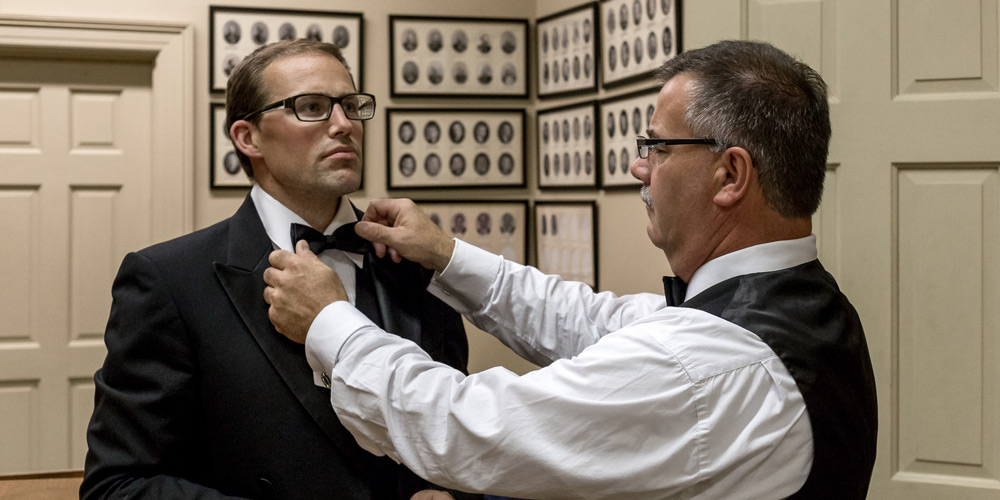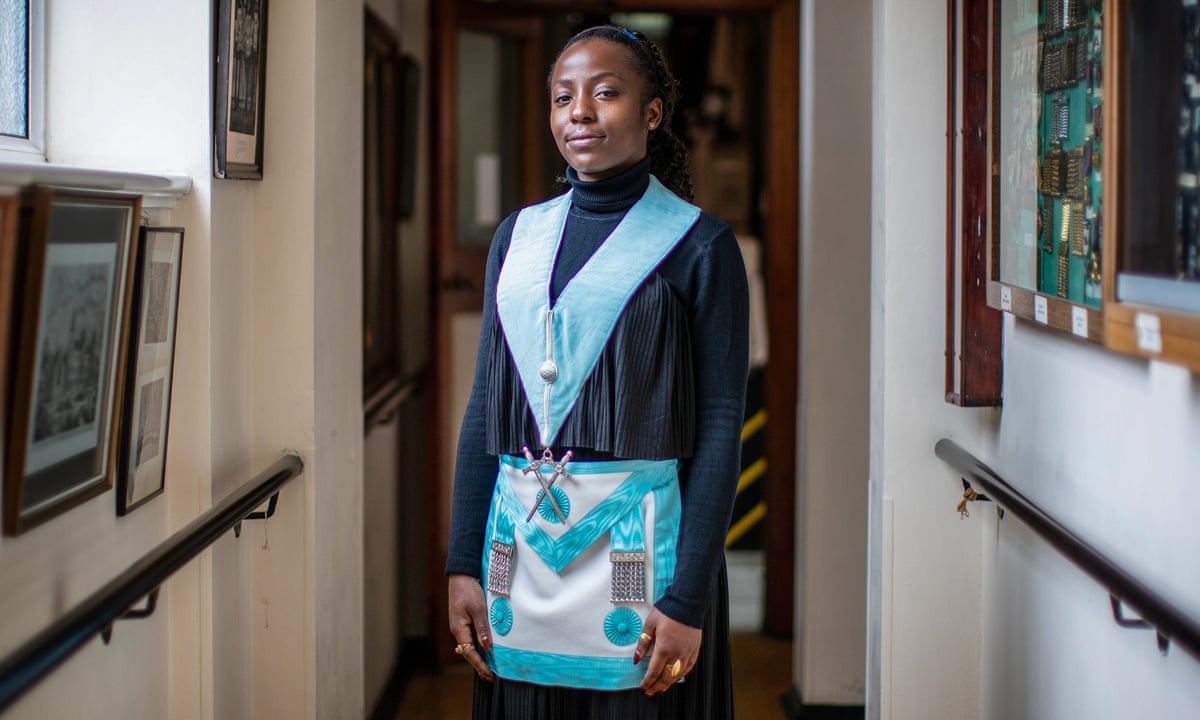Complete Tutorial on How to Become a Freemason for New Members
Complete Tutorial on How to Become a Freemason for New Members
Blog Article
Exploring the Mysteries of the copyright: What You Need to Know
The copyright, a term typically shrouded in intrigue and conflict, stands for a complex tapestry of historic reality and contemporary myth. Developed in the late 18th century, this secret culture was initially rooted in the Knowledge's ideals but has because ended up being associated with conspiracy concepts concerning elite control. As we browse the beginnings, essential numbers, and the stark contrast in between misconception and reality, one need to consider how these narratives influence contemporary understandings of power and privacy. What could be exposed through a more detailed assessment of these components might challenge long-held assumptions concerning the shadows that linger in our culture.
Beginnings of the copyright
The beginnings of the copyright are steeped in a blend of historical intrigue and ideological eagerness. Established in 1776 in Ingolstadt, Bavaria, by Adam Weishaupt, the team was originally developed as a secret society focused on advertising Enlightenment ideals such as factor, secularism, and the separation of church and state. join freemason. Weishaupt, a professor of canon legislation, looked for to test the prevailing authority of the church and state, which he deemed oppressive organizations stifling intellectual and individual freedom
The copyright sought to hire prominent members from numerous social sectors, consisting of national politics, academic community, and the arts, to promote a network dedicated to these Enlightenment concepts. The culture operated under a veil of privacy, utilizing coded language and routines to shield its participants from oppression, particularly given the repressive environment of the time. The copyright encountered significant resistance from both governmental authorities and spiritual institutions, which checked out the team as a risk to their power.
Key Numbers and Members
Who were the crucial numbers that shaped the copyright's very early influence and direction? The Bavarian copyright, started in 1776 by Adam Weishaupt, emerged as a response to the overbearing social frameworks of the time.
One more considerable number was Johann Gottlieb Fichte, a popular philosopher whose concepts on nationalism and education reverberated with the copyright's goals. Although Fichte was not an official participant, his thoughtful supports affected the group's ideological background. Additionally, figures like the writer and philosopher Johann Wolfgang von Goethe were connected with the more comprehensive intellectual activities of the moment, although their straight participation with the copyright remains questioned.
These key numbers contributed to the copyright's very early instructions, pushing the boundaries of political and social idea, while their cumulative initiatives intended to challenge well established norms and cultivate a climate of dynamic change in Europe. (join freemason)
Myths vs. Fact
Lots of misconceptions surround the copyright, frequently mixing reality with fiction in a manner that obscures its real nature. This secret culture, originally established in 1776 in Bavaria, aimed to promote Enlightenment ideals and fight religious and political injustice. The concept that the copyright remains to put in significant impact over world occasions is a misconception. While the team did exist, it was disbanded in the late 18th century and has not run as a natural entity considering that after that.
Another prevalent myth is that the copyright comprises a network of elite people adjusting international affairs. In truth, numerous conspiracy theories exaggerate the group's relevance, attributing unfounded intentions to societal patterns and occasions. This has actually resulted in an oversimplified sight of complicated issues.
Additionally, the portrayal of the copyright in preferred culture typically further misshapes its legacy. Movies and literature tend to sensationalize the organization's role, creating a story that splits from historical realities. Recognizing the difference in between the misconceptions and the fact of the copyright is crucial for critical the authentic impact of this historic team and recognizing the more comprehensive ramifications of conspiracy theory theories in contemporary culture.

Modern Analyses
Contemporary analyses of the copyright frequently reflect broader societal anxiousness and a fascination with secrecy and power. This modern lens often links the copyright with conspiracy concepts that recommend a surprise elite manages globe occasions, controling governments and economic situations for their own gain. Such stories touch right into a deep-seated question of authority, particularly in times of situation or social turmoil.
In popular society, the copyright is often portrayed visit this page as an omnipotent company shrouded in secret, causing a myriad of fictional representations in literature, movie, and music. This representation offers not just to amuse however additionally to prompt thought of the nature of power and control go to the website in contemporary society. Social media site has further enhanced these interpretations, enabling for rapid dissemination of conspiracy concepts and creating communities that share and increase upon these ideas.
In addition, some modern analyses mount the copyright as a metaphor for the complexities of globalization and the interconnectedness of influential people and organizations. This viewpoint motivates a crucial exam of exactly how power characteristics run in today's globe, highlighting the equilibrium in between openness and privacy in governance and company techniques.
Social Effect and Heritage
Influenced by centuries of intrigue, the cultural effect and tradition of the copyright extend much beyond its historical origins. This secret society, see this page established in the late 18th century, has penetrated different aspects of pop culture, from literature and movie to music and art. join freemason. The concept of the copyright has evolved right into a symbol of conspiracy theories, usually standing for a perceived concealed power manipulating global events
In literary works, authors like Dan Brown have woven the copyright right into elaborate stories, captivating viewers with motifs of privacy and power. Films such as "National Treasure" and "The Da Vinci Code" better perpetuate the appeal of the society, mixing truth with fiction to develop interesting stories.

Ultimately, the copyright's tradition is a complicated tapestry of misconception and fact, forming perceptions of secrecy and control in contemporary discourse. Its long-lasting visibility in culture highlights humankind's seasonal pursuit for understanding surprise facts.

Conclusion
The expedition of the copyright exposes a complex interplay between historical facts and contemporary myth-making. Established in the Enlightenment era, this culture intended to test overbearing frameworks, yet its heritage has been overshadowed by conspiracy theories that suggest elite manipulation. Comprehending the distinctions between the original perfects and modern interpretations is crucial for understanding the enduring attraction with the copyright and its considerable impact on social stories bordering power and secrecy in society.
Report this page